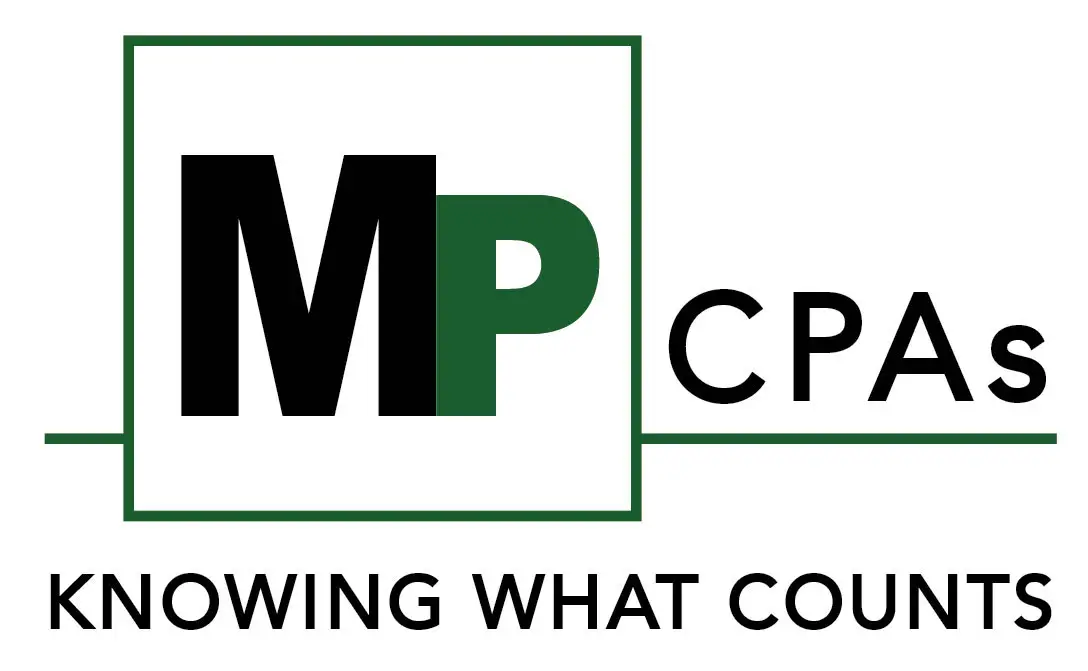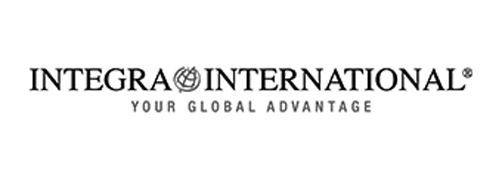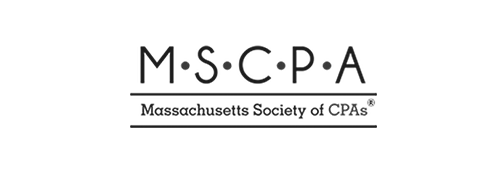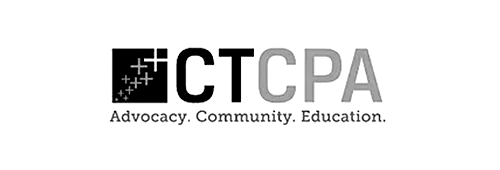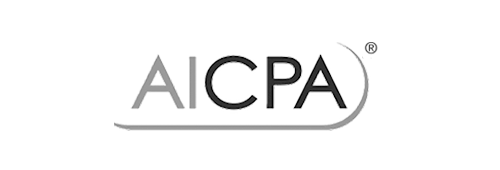Money & Meaning: Unlocking Donor Advised Funds
Donor Advised Funds (DAFs) have become one of my favorite tools for charitable giving, offering flexibility, tax benefits, and control over where and when I give. Think of a DAF as a charitable savings account—I can deposit assets, receive immediate tax benefits, and then distribute the funds to qualified charities over time, according to my own schedule and priorities.
One of the biggest reasons I appreciate DAFs is their accessibility and simplicity. With an initial contribution as low as $5,000, they are within reach for many people who want to be strategic about their philanthropy. These funds are managed by financial institutions or community foundations, making it easy to contribute and then grow the balance tax-free until I’m ready to make grants to the causes I care about. The fact that there’s no required distribution timeline means I can take my time and maximize the impact of my giving.
From a tax perspective, DAFs offer several strategic advantages. When I contribute to a DAF, I receive an immediate tax deduction in the same year, even if I haven’t yet decided where to direct the funds. This is especially helpful when I’m experiencing a high-income year—perhaps from a bonus, a business sale, or another financial windfall—because I can bunch multiple years’ worth of donations into a single tax year, taking full advantage of charitable deductions when they benefit me the most. Even though I make a large contribution upfront, I can still distribute the funds to charities over time, maintaining consistent support for the organizations I care about.
Another tax-smart strategy I use is contributing appreciated assets, like stocks or real estate, rather than cash. By donating these assets directly to a DAF, I receive a deduction for the full fair market value while avoiding capital gains taxes that I’d owe if I sold the assets first. This allows me to give more to charity while paying less in taxes—a true win-win. This strategy is particularly useful under today’s tax laws, where many people take the standard deduction instead of itemizing. By bunching multiple years of giving into one year through a DAF, I can exceed the standard deduction threshold and actually receive tax benefits for my charitable giving.
Beyond the financial perks, I also appreciate the convenience of managing my giving through a DAF. Instead of keeping track of multiple receipts, manually entering credit card details, or writing checks to different charities, I can make one contribution to my DAF and then distribute grants to multiple organizations with just a few clicks. Some community foundations even provide educational resources to help me discover local charities that align with my values and priorities.
For me, DAFs offer the perfect balance of tax efficiency, administrative simplicity, and long-term philanthropic planning. Whether I want to make an immediate impact or take my time researching organizations, a DAF allows me to give strategically while maximizing the financial benefits.
